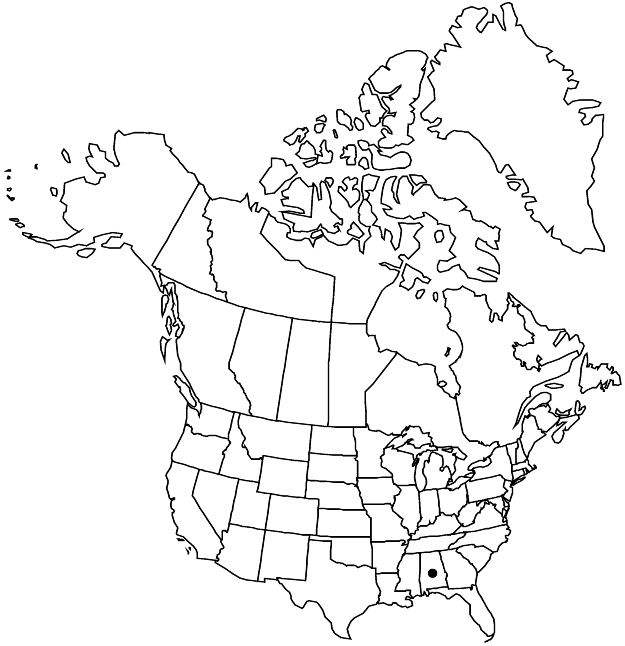Difference between revisions of "Croton alabamensis var. alabamensis"
FNA>Volume Importer |
FNA>Volume Importer |
||
| Line 48: | Line 48: | ||
|publication year= | |publication year= | ||
|special status=Endemic | |special status=Endemic | ||
| − | |source xml=https://jpend@bitbucket.org/aafc-mbb/fna-data-curation.git/src/ | + | |source xml=https://jpend@bitbucket.org/aafc-mbb/fna-data-curation.git/src/8f726806613d60c220dc4493de13607dd3150896/coarse_grained_fna_xml/V12/V12_387.xml |
|genus=Croton | |genus=Croton | ||
|species=Croton alabamensis | |species=Croton alabamensis | ||
Revision as of 14:45, 18 September 2019
Leaf blades: abaxial surface silvery, scales mostly unpigmented or light amber, some dark blackish brown scales sometimes present. Inflorescences 9–18-flowered, producing 0–11 fruits. 2n = 16, 32.
Phenology: Flowering mostly late Feb–early Apr; fruiting mostly May–Jun.
Habitat: Limestone glades, forest understories, shale or sandstone outcrops, often on steep slopes.
Elevation: 50–150 m.
Discussion
Variety alabamensis is restricted to Bibb and Tuscaloosa counties. A report of this variety from Tennessee is almost certainly erroneous (K. Wurdack 2006).
Selected References
None.
Lower Taxa
None.
